entry-level
Latest

Android Go 11 squeezes more performance from modern budget phones
Now that Android 11 has dropped, Google has unveiled Android 11 Go Edition with the aim of speeding up entry-level smartphones. Many of the changes are designed to take advantage of improved features on modern budget devices like larger screens, dual cameras, more RAM and extra storage .
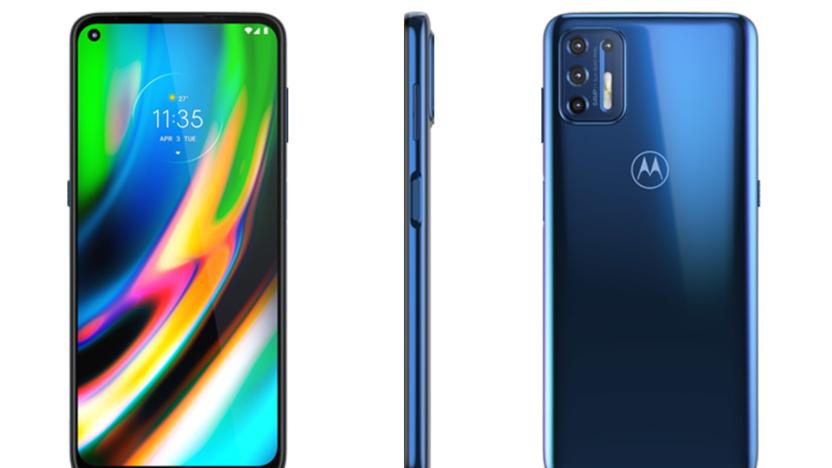
Motorola's budget G9 Plus leaks with a 64-megapixel camera and big battery
Motorola’s latest leak shows how its budget smartphones are offering pretty decent value. The entry-level Moto G9 Plus (appearing in an Orange Slovakia listing, via Roland Quandt) has four rear cameras including a 64-megapixel main camera, along with a huge 5,000 mAh battery — all for €255, or about $300.
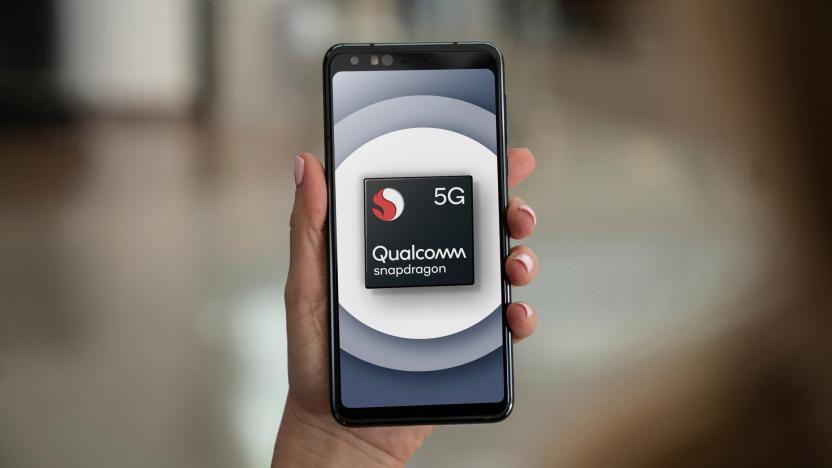
Qualcomm is bringing 5G to its entry-level Snapdragon 4-series chipsets
Qualcomm plans to scale its 5G tech to entry-level 4-series chipsets.
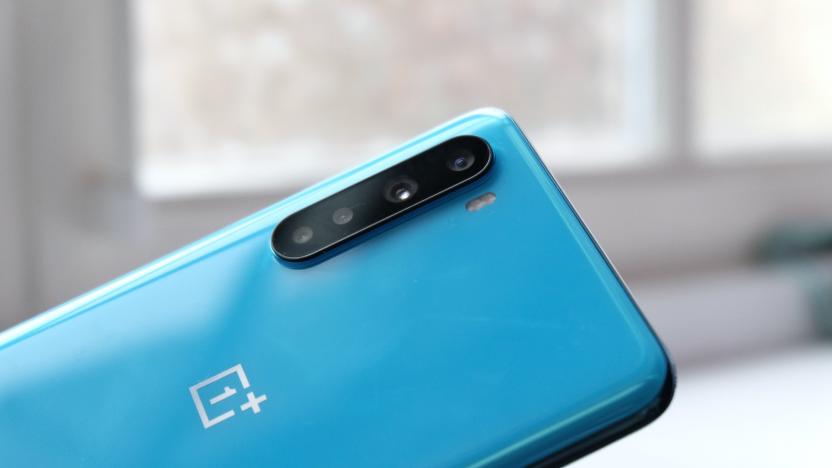
The OnePlus 'Clover' could be an entry-level phone bound for the US
OnePlus could soon launch its first entry-level smartphone and release it in the US, marking the first time the brand has dabbled in that space.
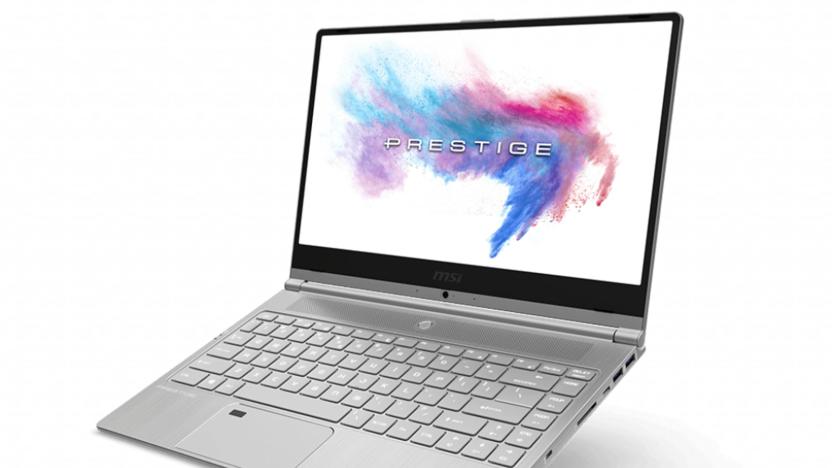
MSI's PS42 Modern entry-level gaming laptop is on sale for $830
If you've been thinking of investing in an entry-level gaming laptop, now might be the time. The MSI PS42 Modern is on sale on Newegg for $830. That's a $770 savings off of the machine's original price, and it's closer to the price you'd usually see on a base-level Ultrabook.
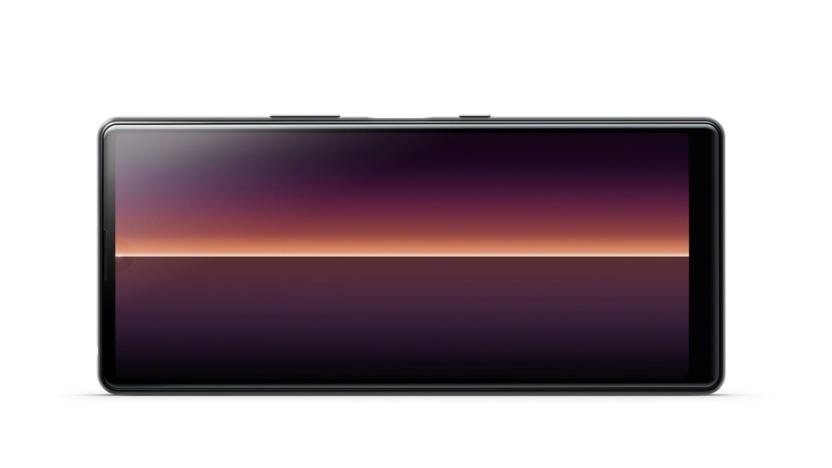
Sony’s Xperia L4 is an entry-level phone with a 21:9 display
Sony's added a sleek new smartphone to its entry series -- the Xperia L4. Designed as an "entertainment device," the phone's USP is undoubtedly its proportions and 6.2 inch 21:9 wide display -- good for watching movies, playing games and, presumably, seeing more while scrolling less. Plus, Sony's multi-window feature means you can launch and use two apps side-by-side.

VW teases a smaller, more affordable EV in a holiday card
Once again, Volkswagen is using a Christmas card to tease a new vehicle. The automaker sent the card, which appears to show a smaller entry-level ID, to journalists this week, Autocar reports. The sketch is purposefully vague, but it could offer a glimpse of the more affordable electric car VW is working on.
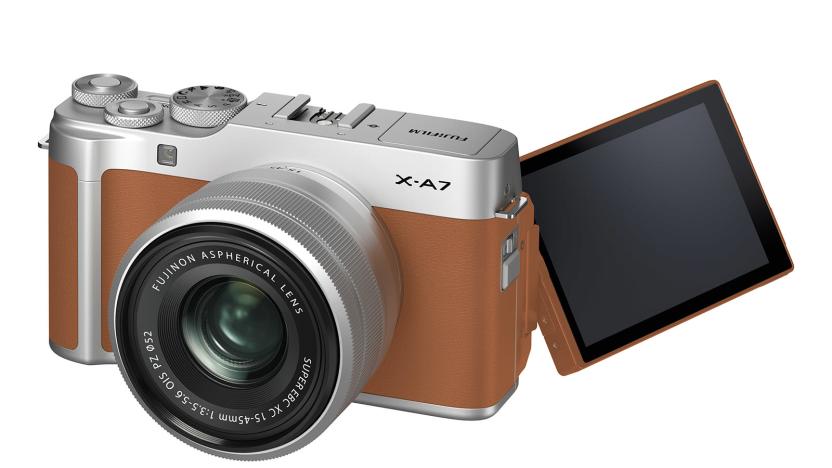
Fujifilm's entry-level X-A7 comes with 4K video and face detection
Fujifilm has unveiled the entry-level X-A7 with some key new features that make it a nice upgrade over its predecessor, the X-A5. It packs Fujifilm's latest 24.2-megapixel CMOS sensor and has 8.5 times as many phase-detect pixels as its previous entry-level model, the X-A5, for starters. That gives it much faster autofocus speeds and quick face detection, though burst shooting speeds remain at 6 fps.
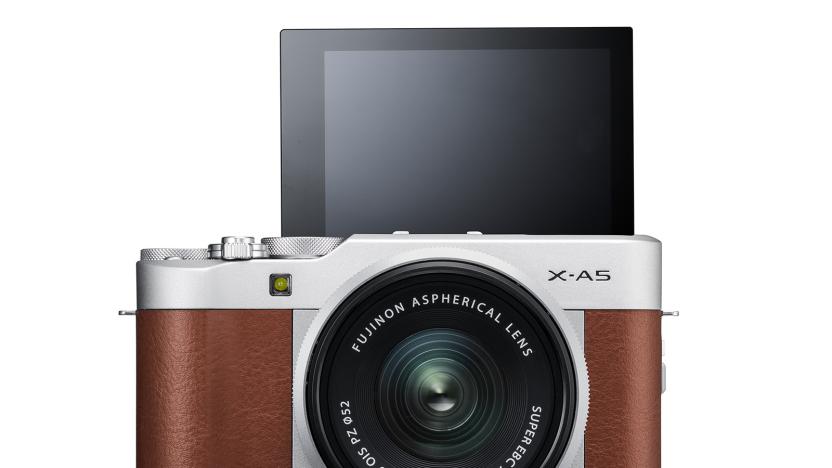
Fujifilm brings faster autofocus to its selfie-friendly X-A5
Fujifilm has improved its entry-level mirrorless camera lineup with the retro-styled X-A5, bringing faster autofocus, sort-of 4K video and a microphone input, of all things. The new model has a brand new 24.2-megapixel Bayer (not X-Trans) sensor with on-chip phase detection that makes autofocus up to twice as fast as its predecessor, the X-A3. Native ISO has also improved from 6,400 to 12,800, with a maximum range of 100-51,200 including expansion. The fully flippable display now allows touch focus, making selfies and video focus much easier.
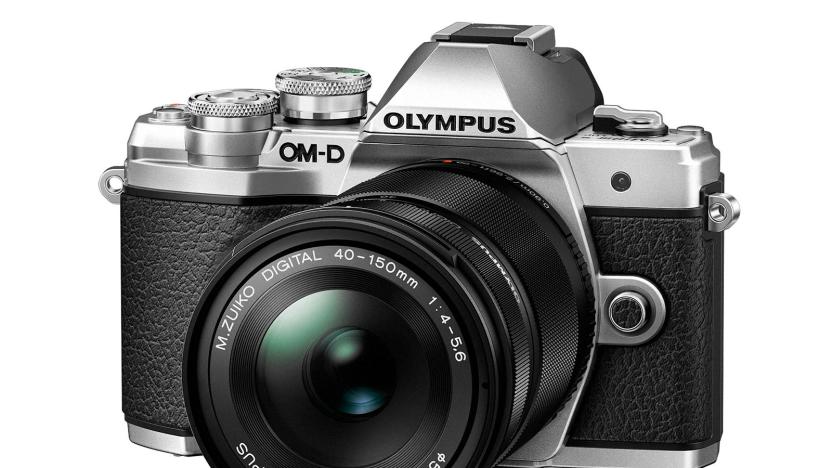
Olympus gives its entry-level mirrorless camera a 4K upgrade
Olympus has unveiled its latest entry-level mirrorless camera, the 16-megapixel OM-D EM-10 Mark III, and it's going to be a very tempting option for beginners. For a bit more than Canon's new M100, you get a much nicer-looking, not-much-heavier body, complete with several adjustment dials and a 2.36 million dot electronic viewfinder. It's also got 5-axis in-body image stabilization and the same image processor as the OM-D EM-1 Mark II, which can shoot rippingly fast. Oh, and it supports 4K, 30 fps video, a nice step up from the previous EM-10 Mark II.

Microsoft's first post-Nokia phone is the budget Lumia 530
With Nokia's range of Android-powered smartphones all but dead, Microsoft is pushing its newly-acquired Lumia line harder than ever. Today, it's introduced the lowest-priced Windows Phone to date, the Lumia 530, delivering middle-of-the-road specs for €85 ($114). For that, you'll get a 4-inch FWVGA (854 x 480) display, quad-core 1.2GHz Qualcomm Snapdragon 200 processor, 512MB of RAM and 4GB of internal memory (with support for 128GB microSD storage). There's also a 5-megapixel camera on the rear (no selfie camera here folks), which is controlled by Microsoft's latest Windows Phone 8.1 software. That, of course, offers access to Cortana (if you're in the US), the new WordFlow swipe keyboard and a multitude of other custom Microsoft- and Nokia-crafted apps. Like its older siblings, the Lumia 530 will also come in both single and dual SIM (3G) variants and offer interchangeable back covers, which will be available in the traditional orange, green, white and dark grey colors. Microsoft's latest Lumia will go on a global tour in the near future, starting with an initial rollout in "select markets" from next month.

The Mog Log: FFXIV lessons from Final Fantasy XI
Final Fantasy XIV is in the final push to launch now, with phase 4 right around the corner and early access shortly after that. This is good news for me, since it means I can get back to actually playing the game that I write about every week after nearly a year. And, you know, the game is pretty awesome, so that's a bright point as well. It also means that the future isn't what it used to be. The relaunch has been The Future for a very long time, but now the relaunch is The Almost Right This Second, and The Future consists of patches and expansions and new classes and the like. All good things, all welcome, and all things that could take a few lessons from Final Fantasy XI. I've said before that Final Fantasy XIV was designed to fix some problems from Final Fantasy XI that it never was going to have, but that's not what I'm talking about. Instead of talking about preventing players from leveling consistently or hunting the possibility of RMT with McCarthy-level vigilance, let's look at some simple lessons to internalize in the future.

NVIDIA outs budget GeForce GT 610, GT 620 and GT 630, no Kepler in any of 'em
Look out, savvy graphics card buyer: just because it's labelled 'GeForce' and starts with a '6' doesn't necessarily mean it benefits from NVIDIA's premium 28nm Kepler architecture. We've already seen rebadged mobile chips with last-gen 40nm silicon, and now entry-level desktop cards are arriving on shelves that will stretch Fermi's expiry date even further. There are no price tags as yet, but according to AnandTech the 'new' GeForce GT 610 is a repackaged GT 520 with 48 CUDA cores and an ever-so-polite 29-watt power draw. The GT 620 is a GT 530 with a 49-watt TDP and twice as many CUDA cores as the 610 -- although a meager 64-bit memory bus will put a cap on any performance gains. Finally, the GT 630 is a 65-watt GT 440 in all but name, with a 128-bit memory bus width allowing its 96 CUDA cores to be fully exploited. This latter card shouldn't be confused with the OEM version of the GT 630, which does actually pack Kepler. Bewildering, right? We've quizzed NVIDIA over its strange rebadging tradition and were told that the company simply numbers its products according to raw performance, rather than freshness or chip type -- which sort of makes sense so long as you don't dwell on it.

Nikon D3200 sample pics appear on Flickr, make a slightly noisy entrance
Ahead of getting trigger happy with a fully-working D3200 -- rather than the pre-production unit from our hands-on -- we've been checking out some official 24-megapixel samples on Flickr. To our eyes, the images befit the smaller pixel size, namely sharp and high-res, but with a good dollop of noise on the side. Albeit completely unscientific, a blowup compared to an image from the similarly priced Sony NEX-5N looks grainier at the same 1600 ISO. On the plus side, the JPEGs show almost zero compression artifacts, so budget-minded shooters could easily print poster-sized images -- of course, providing they have enough light for a low ISO shot in the first place.

Nikon adds D3200 to its DSLR range, we go hands-on! (video)
Nikon's recent cashback promo gave us a twinge that new consumer models might be around the corner, but as of today there's just the one: the almost entry-level D3200, which Nikon hopes will complement the cheaper D3100 without supplanting it. The price gap between these two low-end DSLRs is significant -- around $150 based on current D3100 prices, with the black D3200 and regular 18-55mm kit lens expected to hit shelves at the end of April for $700. What does that extra outlay get you? Quite a lot, actually: a hefty resolution upgrade to 24-megapixels with an Expeed 3 processing engine, versus 14-megapixels mustered by D3100; an extra ISO notch of 6400, providing more flexibility in low-light situations; and also a much higher-res LCD display for cleaner live-viewing and playback, with around four times as many pixels as the D3100's grainy window. Read on for some initial impressions and a hands-on video, and you'll see that there are a couple of subtler selling points too.

Panasonic Lumix GF5 looks identical to its predecessor, offers similar specs for $100 more (hands-on)
It's been a bumpy ride for Panasonic's GF line of Micro Four Thirds cameras. The GF1, an excellent mirrorless camera for its time, was soon replaced with a less-capable entry level model, the GF2. Then another, the GF3. And now, it's time to say hello (again) to the GF5. For better or worse, the GF3 won't be going away -- it'll sit tight at its new $500 price point (with a 14-42mm kit lens), ready to confuse consumers looking to purchase its nearly identical, yet $100 pricier, pseudo-replacement. Both cameras come equipped with 12.1-megapixel Live MOS sensors, though the newer model adds a "High Picture Quality" distinction -- it's been dubbed a 12.1-megapixel "High Picture Quality" Live MOS sensor. So, naturally, we're going to expect some pretty incredible images. Panasonic has also added an ISO 12,800 "extended" mode (the GF3 topped out at a native ISO 6400). There has been a jump in the video department, with 1080/30p MP4 recording joining the 720p mix. Burst mode capabilities have seen an increase as well, from 3.8 frames-per-second to... 4. Finally, it's slightly larger, due to a more substantial (and more comfortable) grip, though battery life has dropped from 340 shots to 320, likely due to a new processing technique aimed at further reducing noise in low-light captures. The GF3 and GF5 look so similar that we mistakenly photographed the former for a minute or two, only realizing the error when we flipped on the LCD. The 5 has a much-improved touchscreen, with a 920k-dot resolution (460k dots on the GF3). It looks gorgeous by comparison, but amateurs making the switch from a point-and-shoot may not take notice. The features they'll appreciate most relate entirely to the GUI, and include a highlight window for selection options, 14 filters with a realtime preview option, a background image that appears on the main menu and a filter recommendation while in Intelligent Auto. This feature works by suggesting that you apply the Expressive or Toy Effect if you're taking a macro shot, for example. Other additions include a stereo microphone for video capture, though the left and right mics are positioned oddly near each other -- on either side of the word "MIC" on the top of the camera, with the right mic angled towards the left -- so we can't image that you'll be getting a true stereo effect. Like its predecessor, the GF5 is clearly designed with beginners in mind -- more advanced photogs should consider the GX1 -- but with a $599 sticker price (with 14-42mm lens), it's sure to be a hit.

Pantech Burst review
Consider the high-end smartphone. While you lust after those, Pantech is on the prowl, steadily adding to and improving upon its army of budget offerings in the US. It may not be as formidable a force as the Samsungs and Motorolas of the world, but the outfit is finally beginning to leave a mark. Once a complete unknown outside of Asia, the phone manufacturer is keeping itself incredibly busy on this side of the Pacific, cranking out low-cost devices for AT&T and Verizon. Now, Pantech's focus has turned to LTE, starting with the $50 Breakout on Big Red, followed by a smartphone and tablet option on Ma Bell. Pantech Burst official on AT&T Pantech Burst hands-on Pantech Element hands-onThe Pantech Burst is the inaugural entry-level LTE smartphone in AT&T's lineup, debuting at $50 with a two-year commitment. Don't let that bargain-basement price turn you off, though -- this thing's got plenty of mojo to back it up, which makes the Burst a stark contrast to its Verizon counterpart. But what can we expect from a budget-friendly handset? Is Pantech finally pushing out a device that will help it earn a new level of respect from American consumers? We're bursting at the seams to answer those questions and take the device for a spin after the break. (Yes, we just went there.)

BlackBerry Curve 9380 hands-on (video)
We found it hard to get excited over that other recent QWERTY-less BlackBerry, but we've swallowed a lungful of fresh air and approached this new 3.2-inch, 800MHz Curve 9380 with an open mind. It's the first touch-only device in the entry-level Curve family and it deserves to be considered on its own merits. So, if you're in the market for a relatively cheap smartphone that hooks up seamlessly to RIM's persistently popular ecosystem, and which puts BlackBerry Messenger and BBM Music at your fingertips (rather than your thumbs), then please read on for our hands-on video and impressions. %Gallery-139438%

Runco announces LightStyle LS-1 DLP projector, shines 1080p on your wall for $4,000
Runco is known for some seriously high-end projectors and this is its first foray beneath the $4,000 mark in order to reach a "previously untapped" market. The company is wrong if it thinks we don't already have DLP options well below that price point, but still, lowering its entry level is no bad thing -- especially when the LS-1 delivers a 10,000:1 contrast ratio, a sophisticated calibration system with day and night memory settings, and the option to upgrade to Runco's CineGlide anamorphic lens for the perfect 2.35:1 experience. Expect to see this thing dangling from joists from August 16th. Further details in the PR after the break.

AMD Llano desktop APU gets reviewed: the best integrated graphics in town
AMD is due to release a batch of new Llano APUs next month that are specifically tailored to desktops rather than laptops. The most powerful among them will be the 2.9GHz A8-3850, which has already caused a stir on the review circuit for one simple reason: it pulls off a brutal "one shot one kill" on Intel's HD 3000 integrated graphics. AnandTech raised an impressed eyebrow at the fact that all its benchmarking games were playable on the $135 AMD chip, which roughly doubled frame rates in titles like Modern Warfare 2, Bioshock 2 and World of Warcraft compared to the more expensive Sandy Bridge i5 2500K. TechSpot declared the APU its "new budget king," with graphical performance "on another level" compared even to an i7. However, the superlatives quickly evaporated once reviewers shifted their focus to the CPU. TechReport spotted that pure CPU performance per dollar was actually lower than what you'd get from a lowly i3. Moreover, it reckoned you'd only have to spend an extra $70 to buy a much more powerful CPU and a separate graphics card -- an option that comes "awfully close to making the A8-3850 seem irrelevant." Ouch. Nevertheless, if an affordable processor with integrated graphics is what you're after, then it's fair to say this one sets the standard. Click the source links below for full reviews.






